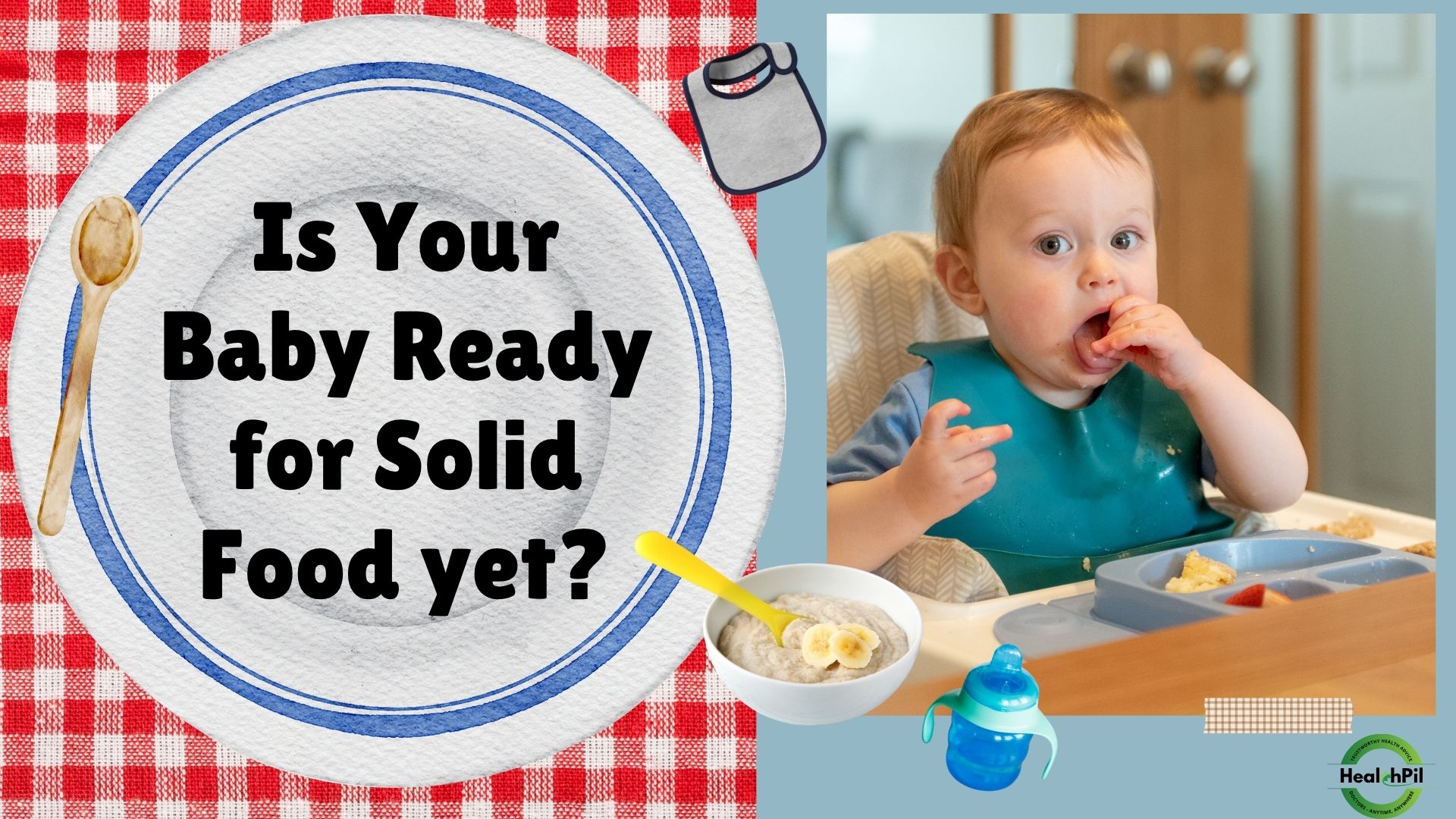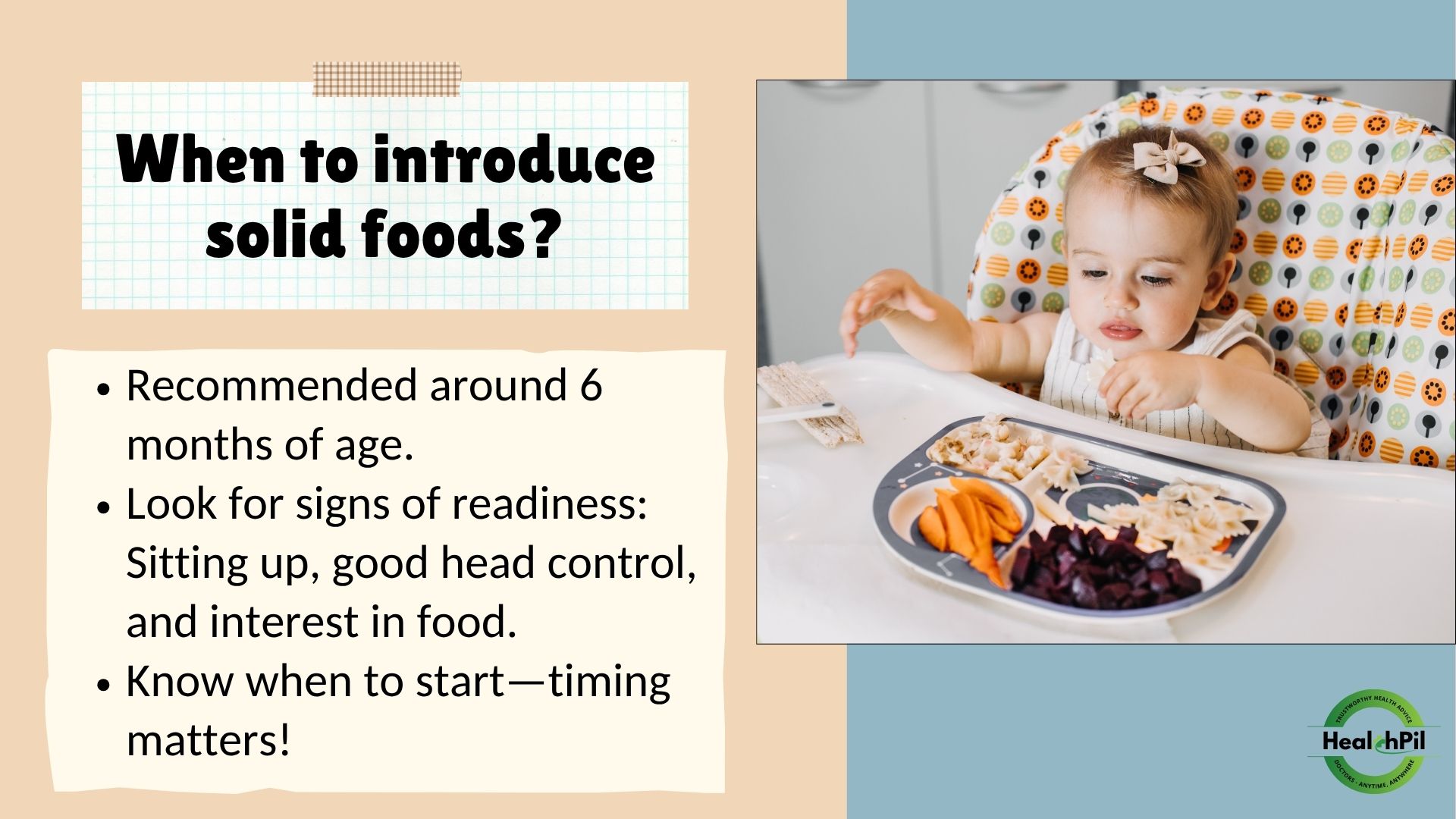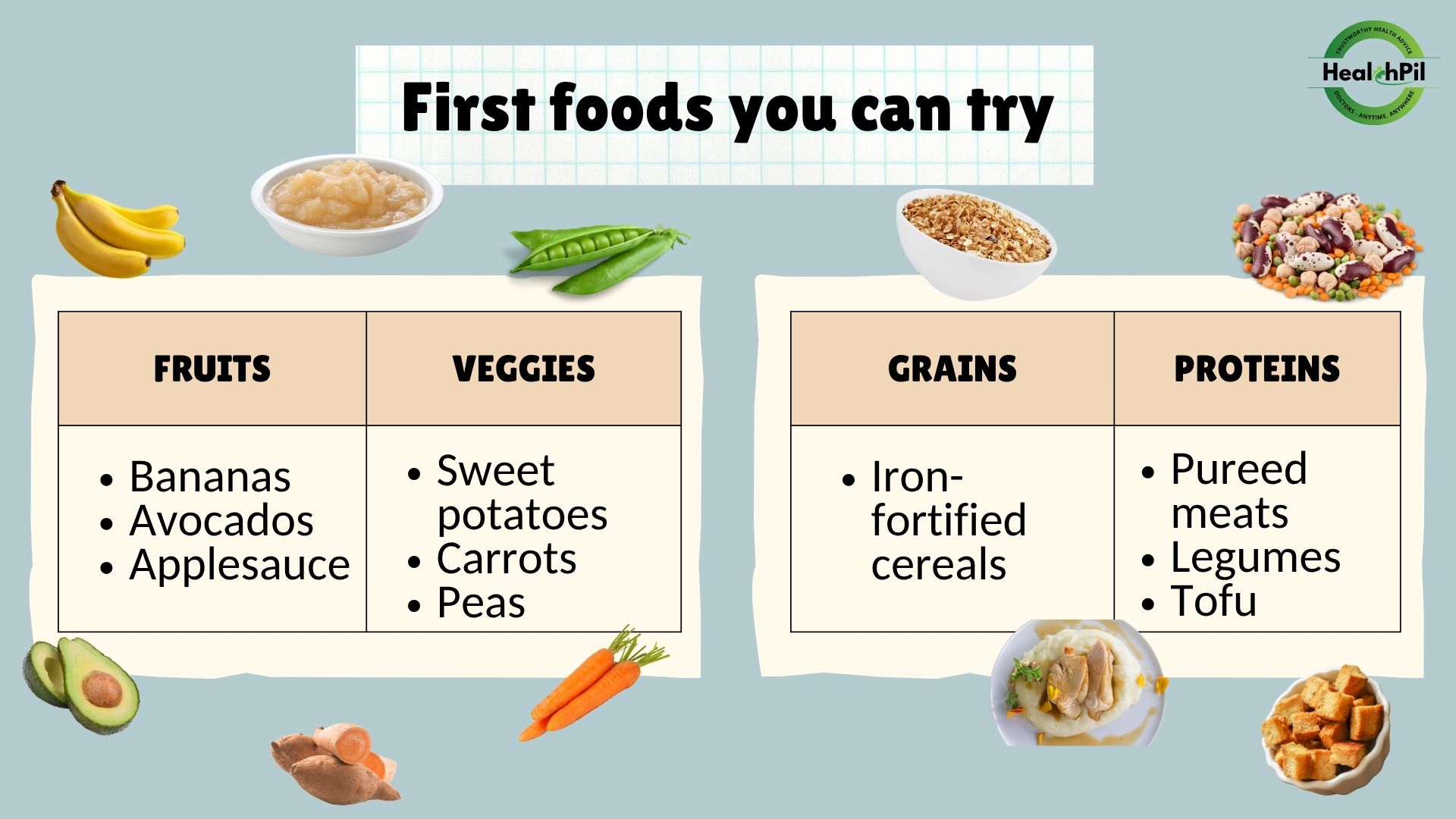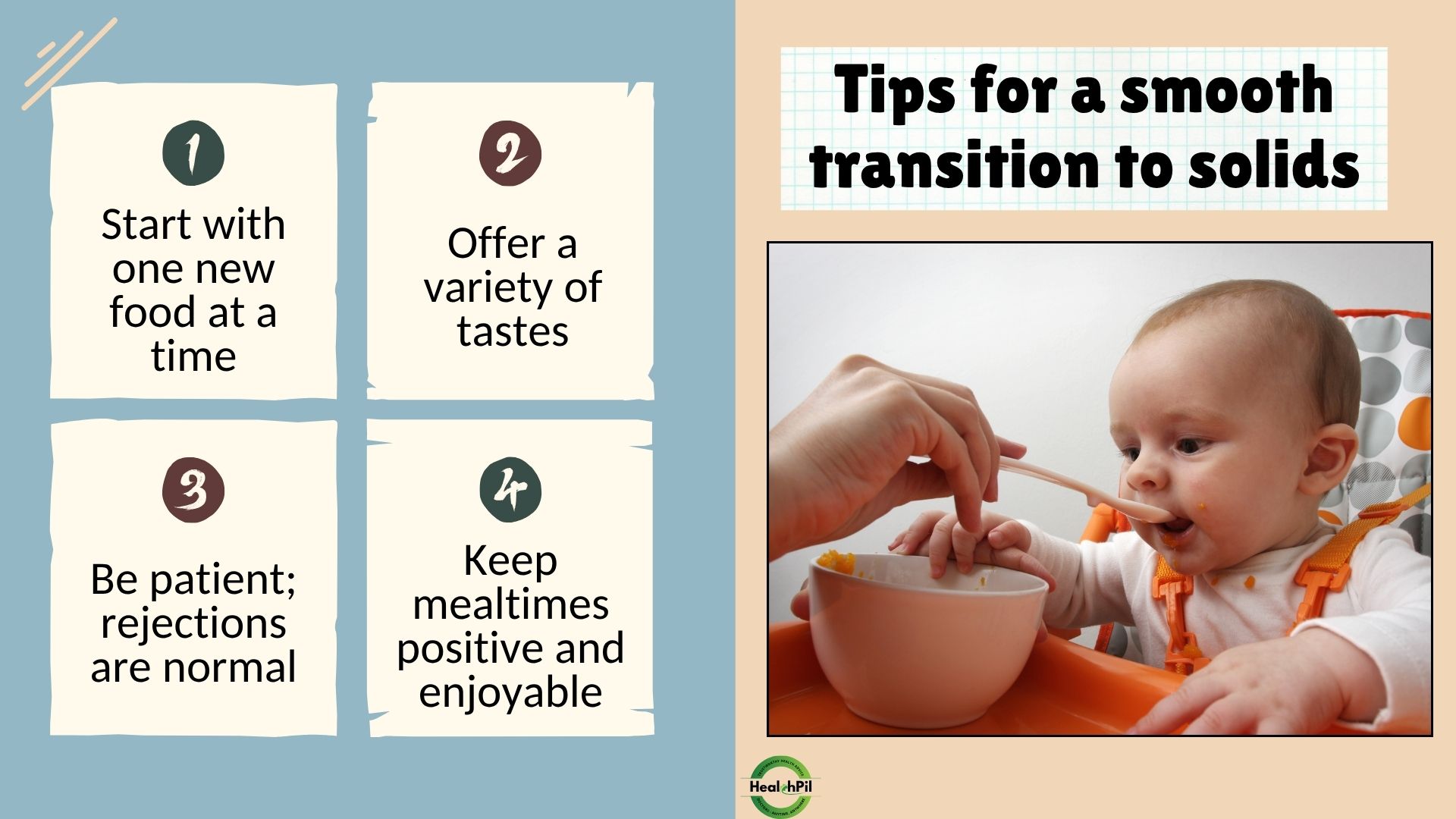






Introducing Solid Foods: A Guide for New Parents
Starting your baby on solid foods is such an exciting milestone, but it can also feel a little overwhelming for new parents. Knowing when and how to start can help ensure a smooth transition to solid foods. This article provides guidance on introducing solids, including signs of readiness, suitable foods, and tips for success.
When to Introduce Solid Foods
The American Academy of Pediatrics suggests starting solid foods around 6 months when your baby shows signs they’re ready. Each baby develops at their own pace, so look for cues rather than strictly adhering to a timeline.
Signs Your Baby is Ready for Solids
1. Sitting Up: Your baby can sit up with little support.
2. Good Head Control: Your baby can hold their head steady and upright.
3. Interest in Food: Your baby shows curiosity about what you are eating, reaching for food or opening their mouth when food is offered.
4. Loss of Tongue-Thrust Reflex: Your baby no longer pushes food out with their tongue.
Suitable First Foods
When starting solids, begin with single-ingredient purees or mashed foods. Here are some recommended options:
1. Fruits:
● Bananas, avocados, applesauce, or pureed peaches.
2. Vegetables:
● Sweet potatoes, carrots, or peas (well-cooked and pureed).
3. Grains:
● Iron-fortified cereals mixed with breast milk or formula for easy digestion.
4. Proteins:
● Pureed meats, legumes, or tofu as your baby becomes more accustomed to solids.
Tips for a Successful Transition
1. Start Slow:
● Introduce with one new food at a time and wait for 3-5 days before introducing another to monitor for allergies.
2. Offer Variety:
● Gradually introduce a range of flavors and textures to encourage acceptance of different foods.
3. Be Patient:
● Babies may reject foods initially. Keep offering them without pressure; it can take several attempts before they accept a new food.
4. Maintain a Positive Environment:
● Make mealtimes enjoyable and stress-free. Sit together as a family when possible to encourage social interaction.
5. Consult Your Pediatrician:
● If you have questions about introducing solids or your baby’s nutrition, discuss them with your healthcare provider.
Frequently Asked Questions
What is the best first food for my baby?
Start with single-ingredient purees like bananas or sweet potatoes.
How do I know if my baby is allergic to a food?
Watch for symptoms like hives, vomiting, or difficulty breathing after introducing a new food.
Can I continue breastfeeding while introducing solids?
Yes, continue breastfeeding or formula feeding as solids are introduced.
How much should my baby eat when starting solids?
Begin with small amounts, around 1-2 teaspoons, and gradually increase as your baby shows interest.
Should I avoid any foods when starting solids?
Avoid honey (risk of botulism), whole nuts, and foods that can be choking hazards.
Conclusion
Introducing solid foods is an exciting step in your baby’s development. By recognizing signs of readiness and following guidelines for suitable foods, parents can create a positive experience for their little ones. Remember to be patient and enjoy this new culinary adventure together!
Disclaimer
The information provided in this article is for awareness purposes only and should not replace professional medical advice. Always consult your healthcare provider for personalized medical guidance.
